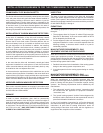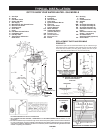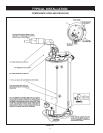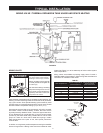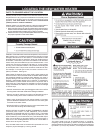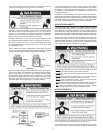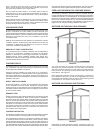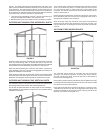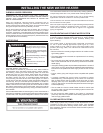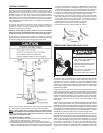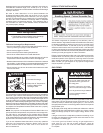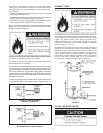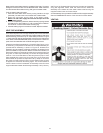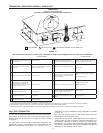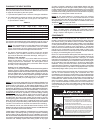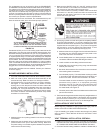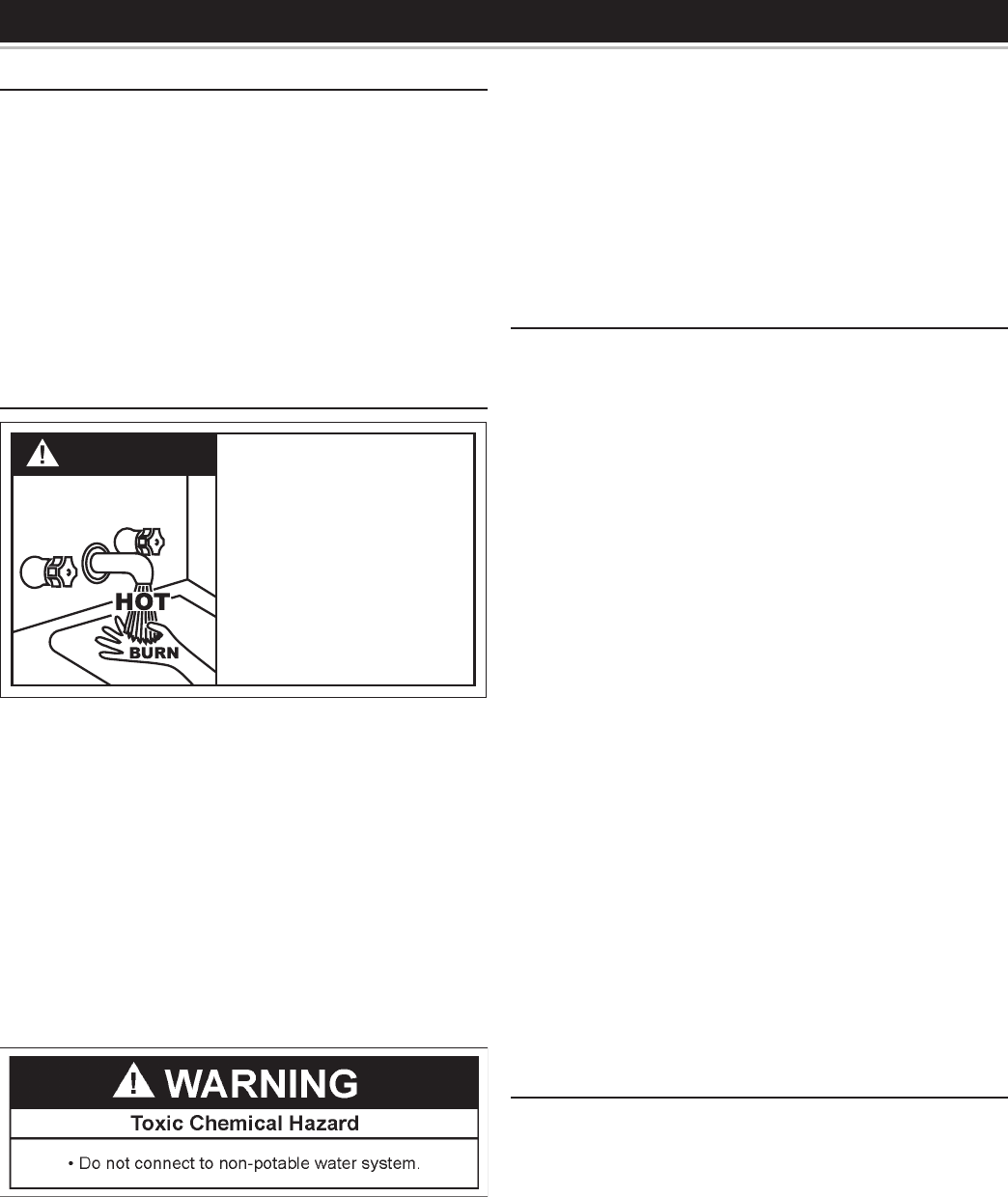
14
This water heater should not be connected to any heating systems or
component(s)usedwithanon-potablewaterheatingappliance.
All piping components connected to this unit for space heating
applications should be suitable for use with potable water.
Toxic chemicals, such as those used for boiler treatment should not
be introduced into this system.
When the system requires water for space heating at temperatures
higher than required for domestic water purposes, a mixing
valve must be installed. Please refer to Figure 2 for suggested
piping arrangement.
SPACE HEATING AND POTABLE WATER SYSTEM
This appliance has been design certied as complying with
American National Standard/CSA Standard for water heaters
and is considered suitable for Water (Potable) Heating and
Space Heating.
Your water heater is equipped with inlet/outlet connections
foruseinspaceheatingapplications(seeFigure2).Ifthis
water heater is to be used to supply both space heating and
potable(drinking)water,theinstructionslistedbelowmust
be followed:
•Besuretofollowthemanual(s)shippedwiththeairhandlerorother
type heating system.
•Thiswaterheaterisnottobeusedasareplacementforanexisting
boiler installation.
•Donotusewithpipingthathasbeentreatedwithchromates,boiler
seal or other chemicals and do not add any chemicals to the water
heater piping
•Ifthespaceheatingsystemrequireswatertemperaturesinexcessof
120°F(49°C),amixingvalvemustbeinstalledperthemanufacturer’s
instructions in the potable hot water supply to limit the risk of scald
injury.
•Pumps,valves,pipingandttingsmustbecompatiblewithpotable
water.
•Aproperlyinstalledflowcontrolvalveisrequiredtoprevent
thermosiphoning. Thermosiphoning is the result of a continuous
owofwaterthroughtheairhandlercircuitduringtheoffcycle.
Weeping(blowoff)ofthetemperatureandpressurereliefvalve
(T&P)orhigherthannormalwatertemperaturesaretherstsigns
of thermosiphoning.
•Thehotwaterlinefromthewaterheatershouldbeverticalpast
any mixing valve or supply line to the heating system to remove air
bubbles from the system.
•Donotconnectthewaterheatertoanysystemorcomponents
previously used with non-potable water heating appliances when
used to supply potable water.
CLOSED WATER SYSTEMS
Water supply systems may, because of code requirements or such
conditions as high line pressure, among others, have installed
devices such as pressure reducing valves, check valves, and back
owpreventers.Devicessuchasthesecausethewatersystemto
be a closed system.
CHEMICAL VAPOR CORROSION
CORROSION OF THE FLUEWAYS AND VENT SYSTEM MAY
OCCUR IF AIR FOR COMBUSTION CONTAINS CERTAIN CHEMICAL
VAPORS. SUCH CORROSION MAY RESULT IN FAILURE AND
RISK OF ASPHYXIATION.
Spray can propellants, cleaning solvents, refrigerator and air
conditioning refrigerants, swimming pool chemicals, calcium and
sodiumchloride(watersoftenersalt),waxes,andprocesschemicals
are typical compounds which are potentially corrosive.
Do not store products of this sort near the heater. Also, air which is
brought in contact with the heater should not contain any of these
chemicals. If necessary, uncontaminated air should be obtained from
remote or outside sources. The limited warranty is voided when failure
ofwaterheaterisduetoacorrosiveatmosphere.(Seelimitedwarranty
forcompletetermsandconditions).
WATER PIPING
DANGER
Water temperature over 125°F (52°C)
can cause severe burns instantly
resulting in severe injury or death.
Children, the elderly and the physically
or mentally disabled are at highest
risk for scald injury.
Feel water before bathing or showering.
Temperature limiting valves are
available.
Read instruction manual for safe
temperature setting.
HOTTER WATER CAN SCALD:
Water heaters are intended to produce hot water. Water heated to
a temperature which will satisfy space heating, clothes washing,
dish washing, cleaning and other sanitizing needs can scald and
permanently injure you upon contact. Some people are more likely
to be permanently injured by hot water than others. These include
theelderly,children,theinrm,orphysically/mentallyhandicapped.
Ifanyoneusinghotwatertsintooneofthesegroupsorifthereis
a local code or state law requiring a certain temperature water at the
hot water tap, then you must take special precautions. In addition to
usinglowestpossibletemperaturesettingthatsatisesyourhotwater
needs, a means such as a mixing valve, should be used at hot water
taps used by these people or at the water heater, see Figure 2. Valves
for reducing point of use temperature by mixing cold and hot water are
also available:
ConsultaQualiedInstallerorServiceAgency.Followmanufacturer’s
instructions for installation of valves. Before changing the factory setting
onthermostat,read“TemperatureRegulation”sectioninthismanual.
INSTALLING THE NEW WATER HEATER



